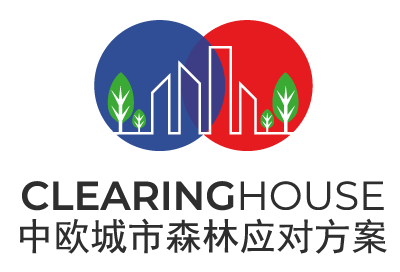
School greening: right or privilege? The case of Barcelona
Previous CLEARING HOUSE blogposts highlighted the importance of school-related green and blue spaces for children’s wellbeing, especially during the COVID19 pandemic and for those living in disadvantaged neighborhoods. This new post presents a recent study published by VUB and ICTA-UAB researchers in the scientific journal “Landscape and Urban Planning” which examines the amount and typology of urban nature within and around 324 primary schools of Barcelona from an equity perspective. Results show that school-based exposure and access to urban nature is markedly unequal across the Catalan capital.
A mounting body of research shows strong positive associations between urban nature and child well-being, including benefits related to mental and physical health. For example, children’s exposure to urban green spaces has been associated with improvements of attention-deficit/hyperactivity disorder’s (ADHD) symptoms. There is also evidence on the positive impact of urban nature on child behavioral and cognitive development, as well as on their overall emotional wellbeing.
However, there is also evidence that children are spending less time in natural environments than previous generations, especially those living in socially deprived neighborhoods. The COVID-19 pandemic is further aggravating these concerns. To date, most studies analyzing children’s (unequal) exposure or access to urban green and blue spaces focus on residential metrics while a school-based perspective, also an essential part of children’s daily experience, is still understudied.
Our findings show that schools located in the wealthiest neighborhoods of Barcelona have generally greener schoolyards, for example in terms of tree cover. In contrast, schools in lower-income neighborhoods have generally less inner greenery, though they have access to more nearby parks and playgrounds. The study also reveals that private schools have clearly the greenest settings (although only 9 were included in the analysis), while public schools (163 analyzed) are generally greener than charter schools (152 analyzed). Finally, the research also found that greener schools generally organize nature-based outdoor activities more frequently than less green schools, which suggests a potential exacerbation of green inequalities among children in Barcelona.
In the light of these findings, we contend that multiple indicators of urban nature and different dimensions of equity should be considered to improve justice in the implementation of school-based re-naturing and outdoor educational programs. As urban outdoor spaces have become even more important daily spaces for children during the COVID-19 pandemic, cities should ensure to provide safer and more dynamic learning and playful environments inside and directly around schools, with particular concern for addressing existing environmental inequities.
Article full reference and access:
Baró, F., Camacho, D.A., Pérez Del Pulgar, C., Triguero-Mas, M., Anguelovski, I., 2021. School greening: Right or privilege? Examining urban nature within and around primary schools through an equity lens. Landscape and Urban Planning 208, 104019. doi: https://doi.org/10.1016/j.landurbplan.2020.104019
Author: Francesc Baró from Vrije Universiteit Brussel (VUB)
The VUB is an internationally oriented university in Brussels, the heart of Europe. Through tailor-made high-quality research and education, VUB wants to contribute in an active and committed way to a better society for tomorrow.
